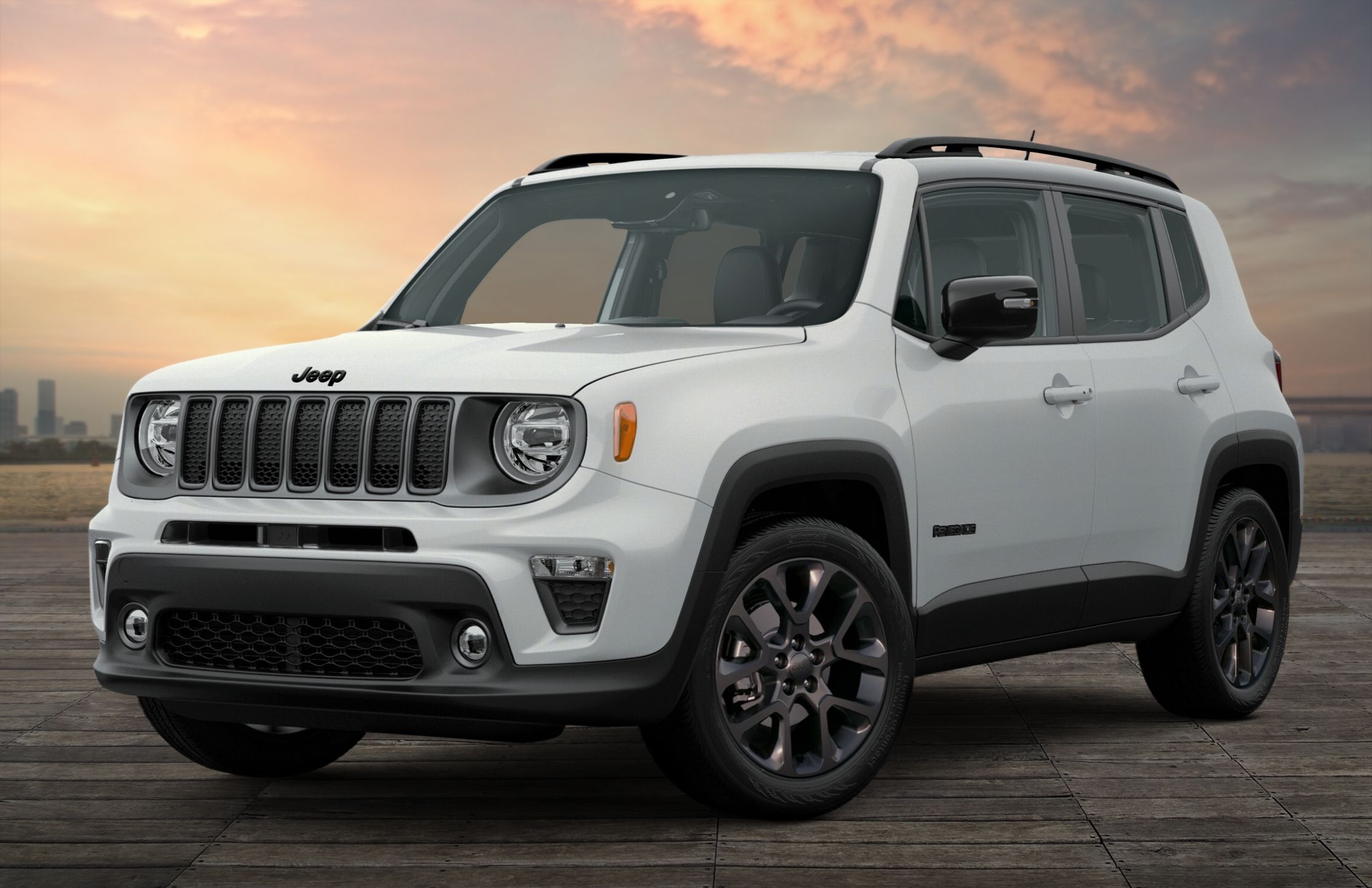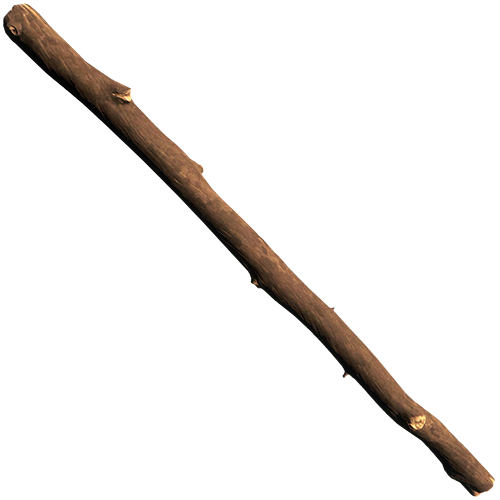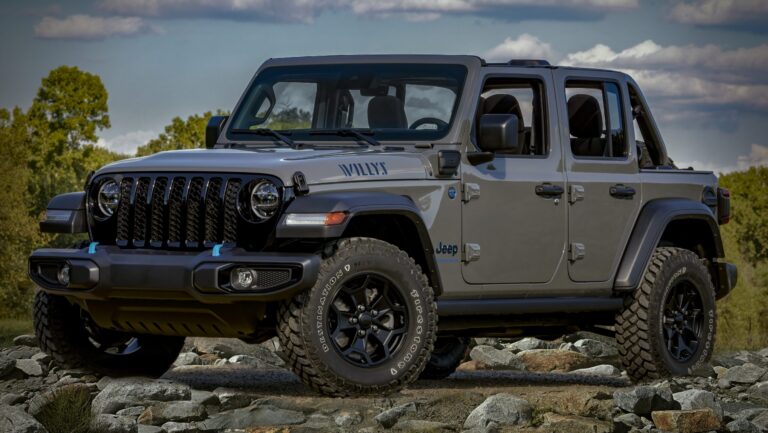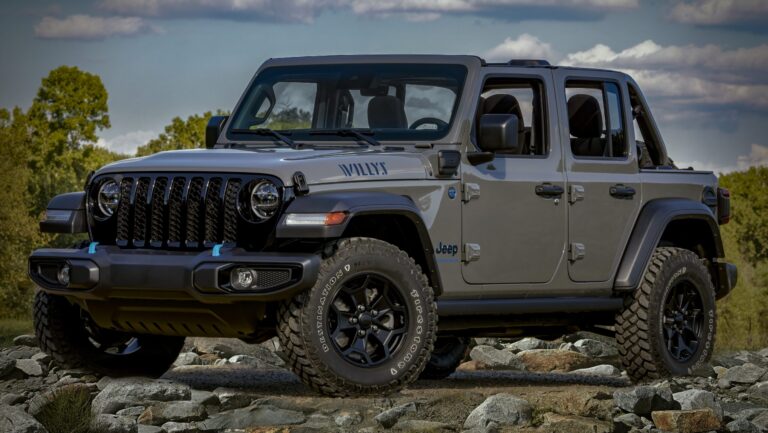Jeep YJ Axles For Sale: A Comprehensive Buyer’s Guide
Jeep YJ Axles For Sale: A Comprehensive Buyer’s Guide jeeps.truckstrend.com
The iconic Jeep YJ Wrangler, with its distinctive square headlights and robust leaf spring suspension, holds a special place in the hearts of off-road enthusiasts. However, like many vehicles designed for a different era of performance, its factory axles can often be the weakest link, especially when faced with larger tires, more demanding trails, or the sheer desire for enhanced capability. For many YJ owners, the quest for "Jeep YJ Axles For Sale" isn’t just about replacement; it’s about unlocking the true potential of their beloved rig.
This comprehensive guide will delve into everything you need to know about acquiring, understanding, and installing upgraded axles for your Jeep YJ. Whether you’re mending a broken part, preparing for an extreme build, or simply seeking greater peace of mind on the trail, navigating the world of YJ axle sales requires knowledge, careful consideration, and a clear understanding of your vehicle’s needs.
Jeep YJ Axles For Sale: A Comprehensive Buyer’s Guide
Why Upgrade or Replace Your YJ Axles?
The stock Jeep YJ Wrangler typically came equipped with a Dana 30 front axle and a Dana 35 rear axle. While adequate for light-duty off-roading and street driving, these axles quickly reveal their limitations when subjected to common modifications and trail abuse:
- Weakness: The Dana 35 rear axle, in particular, is notorious for its relatively weak axle shafts and small ring and pinion gears, making it susceptible to breakage with larger tires (33 inches and above) and aggressive driving. The Dana 30 front, while more robust than the D35, also has its limits, especially in terms of U-joints and housing strength.
- Gearing Limitations: Factory gearing (often 3.07, 3.55, or 3.73) is rarely ideal for larger tires. Upgraded axles often come with, or can be easily re-geared to, lower ratios (e.g., 4.10, 4.56, 4.88, 5.13) that restore power and efficiency for bigger rubber.
- Lack of Traction Devices: Most stock YJ axles come with open differentials, meaning power is sent to the wheel with the least traction. Swapping axles is an ideal opportunity to integrate lockers or limited-slip differentials for superior off-road grip.
- Damage/Wear: Accidents, extreme off-roading, or simply age can lead to bent axle tubes, worn-out bearings, damaged gears, or cracked housings, necessitating a full axle replacement.
- Wider Stance: Some aftermarket axles offer a wider track width, improving stability and allowing for greater articulation without rubbing suspension components.

Upgrading your YJ axles is a fundamental step towards building a more capable, reliable, and confidence-inspiring off-road machine.
Types of Axles Commonly Sought for YJ Swaps
When searching for "Jeep YJ Axles For Sale," you’ll encounter a variety of options, each with its own advantages, disadvantages, and modification requirements.
1. Stock YJ Axles (Dana 30 Front, Dana 35 Rear)

- Purpose: Primarily for direct replacement of damaged stock units.
- Pros: Direct bolt-in, no fabrication needed (unless swapping from different year YJ with slightly different mounts). Cheapest option.
- Cons: Limited strength, not recommended for tires over 33 inches or aggressive off-roading.

2. Ford 8.8 Rear Axle
- Source: Ford Explorer (1995-2001 are most popular due to disc brakes and desirable width).
- Pros: Significantly stronger than a Dana 35, often comes with 31-spline axle shafts and disc brakes. Very cost-effective.
- Cons: Requires welding new leaf spring perches, shock mounts, and potentially modifying the pinion angle. Different bolt pattern (5×4.5" vs. 5×4.5" for YJ, but some are 5×5.5" depending on year/model). Some fabrication skills are a must.
3. Dana 44 Axles (Front & Rear)
- Source:
- Rear: Jeep Cherokee (XJ) D44, Jeep TJ Rubicon D44, Wagoneer D44, Scout II D44.
- Front: Wagoneer D44, J-series truck D44, Ford F-150/Bronco D44, TJ Rubicon D44.
- Pros: Excellent strength-to-weight ratio, widely supported by aftermarket parts, significantly stronger than D30/D35.
- Cons: Can be more expensive than an 8.8. Wagoneer and Ford axles are wider and will require careful planning for steering and tire clearance. TJ D44 front requires custom spring perches and shock mounts for a YJ leaf spring setup.
4. Chrysler 8.25 Rear Axle
- Source: Jeep Cherokee (XJ) (1991-2001 models, specifically 29-spline from ’97-’01).
- Pros: Stronger than a Dana 35, often available with 29-spline shafts (comparable to a D44 in shaft strength). Relatively inexpensive.
- Cons: Drum brakes (unless converted), slightly narrower than a YJ axle, still uses a C-clip design (though less prone to issues than D35 C-clips). Requires welding new leaf spring perches.
5. Dana 60 & Dana 70/80 Axles
- Source: Heavy-duty trucks (Ford, Chevy, Dodge), often referred to as "full-width" axles.
- Pros: The ultimate in strength and durability for extreme rock crawling and large tires (40+ inches).
- Cons: Extremely heavy, require extensive fabrication (custom mounts, steering, driveshafts), significantly wider than a YJ (requiring wide fenders or tube fenders), and often necessitate a major suspension overhaul. Very expensive.
Key Considerations When Buying YJ Axles
Purchasing axles for your YJ is a significant investment of time and money. Consider the following crucial factors:
-
Condition:
- Rust: Surface rust is common, but inspect for deep pitting, especially around welds and mounting points.
- Bent Tubes: Roll the axle on a flat surface or use a straight edge to check for bent tubes.
- Gear Wear/Backlash: If possible, remove the differential cover and inspect the gears for pitting, chipping, or excessive wear. Check for proper backlash.
- Bearing Play: Check for excessive play in pinion and wheel bearings.
- Leaks: Look for signs of oil leaks around the pinion seal, differential cover, and axle shafts.
-
Gearing:
- Match Front & Rear: Absolutely critical that both front and rear axles have the exact same gear ratio. Mismatched gears will destroy your transfer case.
- Tire Size: Select a gear ratio appropriate for your tire size and driving style (e.g., 4.10 for 33s, 4.56 for 35s, 4.88+ for 37+).
- Existing Gears: If buying used, verify the existing gear ratio.
-
Lockers/Limited Slips: Some used axles might come with aftermarket lockers or limited-slip differentials already installed. This can be a huge bonus, but confirm their functionality.
-
Axle Width:
- YJ Stock Width: Approximately 60 inches (wheel mounting surface to wheel mounting surface).
- Wider Axles: Many swap axles (e.g., Wagoneer D44s, Ford 8.8, full-width truck axles) are significantly wider. This provides stability but may require wider fenders, different wheel backspacing, or even custom full-width fenders.
-
Bolt Pattern:
- YJ Stock: 5 on 4.5 inches.
- Common Swap Patterns: 5 on 5.5 inches (Wagoneer, Ford), 6 on 5.5 inches (Chevy), 8-lug (heavy-duty truck axles). You’ll need new wheels, wheel adapters, or custom hubs/shafts to match.
-
Mounting Points:
- Leaf Spring Perches: Most swap axles will require welding new leaf spring perches to match the YJ’s leaf spring spacing and desired pinion angle.
- Shock Mounts: You’ll likely need to weld on new shock mounts.
- Track Bar Mounts: YJs use track bars; ensure your new axle can accommodate them or plan for a track bar delete if desired.
-
Brakes:
- Disc vs. Drum: Many upgraded axles come with disc brakes (e.g., Ford 8.8, TJ D44). This is a desirable upgrade over YJ’s rear drums. Ensure your YJ’s master cylinder and proportioning valve can handle the new brake setup, or plan for upgrades.
- Parking Brake: Verify the parking brake mechanism is intact and functional.
-
Steering: Especially with wider front axles, you may need to upgrade your steering linkage (tie rod, drag link) to a stronger, custom setup to handle the new axle and larger tires.
-
Budget: Don’t just factor in the cost of the axle itself. Account for shipping, new parts (perches, mounts, seals, bearings, brake lines, U-bolts, driveshafts), and potential professional labor for welding or gear setup.
Where to Find Jeep YJ Axles For Sale
Finding the right axles requires a bit of detective work and patience:
- Online Marketplaces: Craigslist, Facebook Marketplace (especially dedicated Jeep/off-road groups), eBay. These are great for local finds.
- Junkyards/Salvage Yards: Often the cheapest source, but condition can vary wildly, and you’ll need to do thorough inspection yourself.
- Dedicated Off-Road Forums & Websites: Websites like JeepForum.com, Pirate4x4.com, and specific vendor sites often have classified sections or forum threads where enthusiasts sell parts.
- Specialized Off-Road Shops: Many shops offer rebuilt, custom, or ready-to-install swap axles. Higher price, but often come with warranties or professional setup.
- Word of Mouth & Local Clubs: Networking with local Jeep enthusiasts can lead to discovering hidden gems.
The Installation Process
While a full axle swap is a significant undertaking, here’s a brief overview:
- Removal: Disconnect driveshafts, brake lines, shocks, U-bolts, and steering components. Support the vehicle securely on jack stands.
- Fabrication: This is often the most time-consuming part. The new axle needs its leaf spring perches, shock mounts, and potentially track bar mounts welded on in the correct locations and at the proper angles for your YJ’s suspension.
- Installation: Bolt the new axle in place, reconnect shocks, U-bolts, driveshafts, and brake lines.
- Peripheral Systems: Bleed the brakes, fill the differential with oil, and ensure all steering components are properly connected and torqued.
- Alignment & Test Drive: A professional alignment is highly recommended after an axle swap. Test drive carefully to ensure everything functions correctly.
Important Note: If you are not experienced with welding, suspension geometry, and brake systems, it is highly recommended to seek professional assistance for an axle swap. Incorrect installation can lead to dangerous driving conditions.
Pricing Guide: Jeep YJ Axles For Sale
The price of "Jeep YJ Axles For Sale" can vary dramatically based on type, condition, included components (gears, lockers), and source. This table provides estimated ranges for used axles, acknowledging that custom-built or newly rebuilt axles will be significantly more expensive.
| Axle Type | Condition | Estimated Price Range (USD) | Notes





